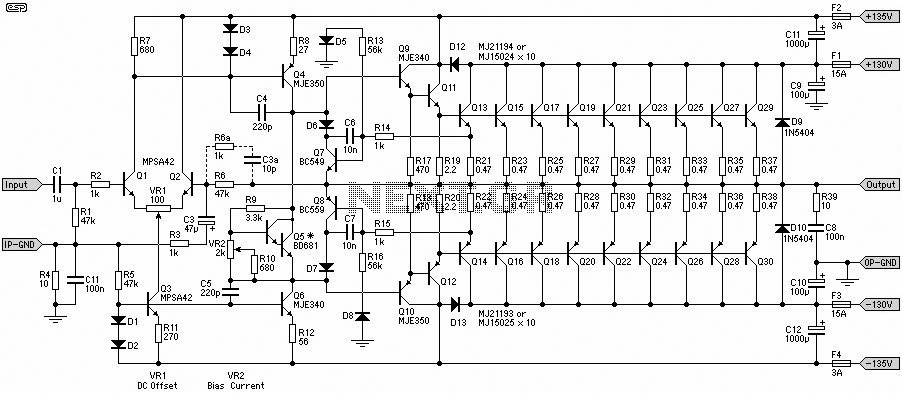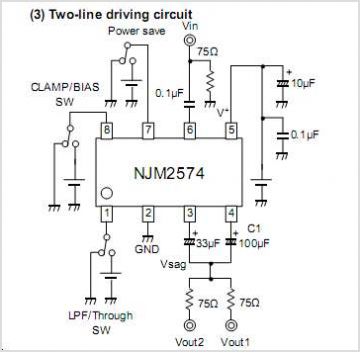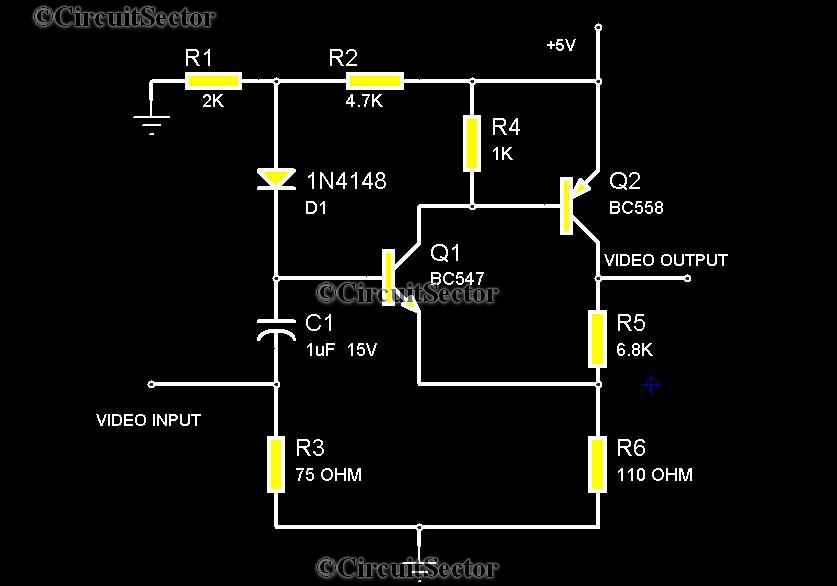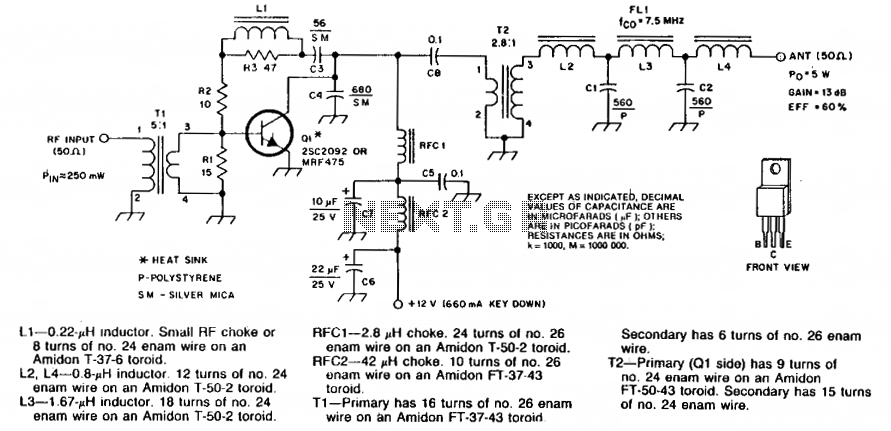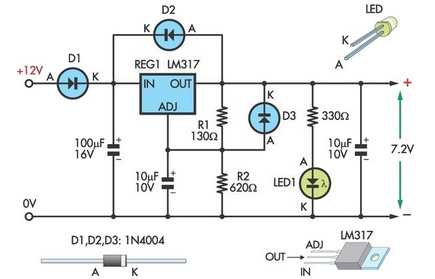
VHF Amplifier with 30 Watts Power
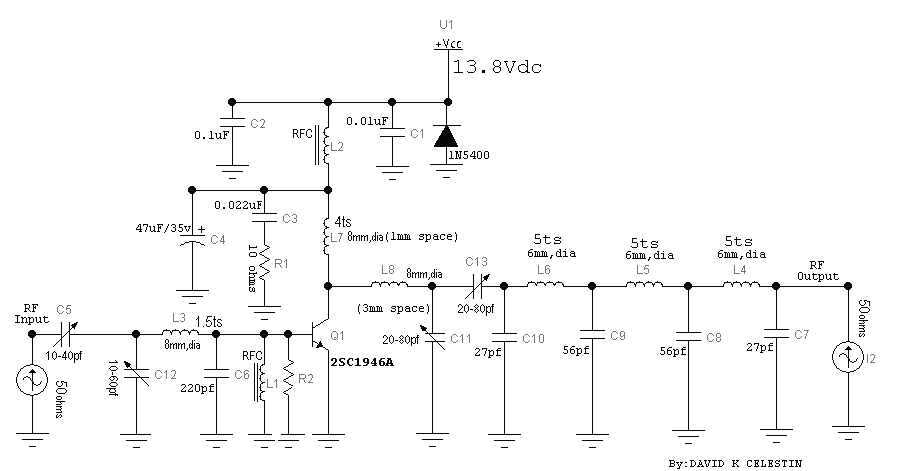
The circuit was designed to increase an input signal of 4 Watts to 6 Watts, operating within the VHF radio frequency band, specifically for FM transmission.
This circuit is engineered to amplify radio frequency signals in the VHF band, which typically ranges from 30 MHz to 300 MHz. The primary function of the circuit is to enhance the power output of an input signal from 4 Watts to a higher level of 6 Watts. This amplification is crucial for ensuring that the transmitted signal can cover a larger area and maintain clarity and strength, which is particularly important in FM broadcasting.
The circuit design likely incorporates a combination of RF transistors or amplifiers that are optimized for VHF frequencies. These components are selected for their ability to handle the specific frequency range and power levels required. The circuit may also include impedance matching networks to ensure maximum power transfer from the input source to the amplifying stage, minimizing signal loss.
Power supply considerations are essential in this design, as the circuit must be able to provide adequate voltage and current to support the amplification process without introducing noise or distortion. Bypass capacitors may be used to filter out any unwanted high-frequency noise, ensuring that the output signal remains clean and stable.
Thermal management is another critical aspect of the circuit design. As the power output increases, so does the heat generated by the amplifying components. Adequate heat sinking or cooling methods must be implemented to prevent thermal runaway and ensure reliable operation over prolonged periods.
Overall, this circuit is a vital component in VHF FM transmission systems, enhancing signal strength and quality for effective communication and broadcasting applications.The circuit was designed for the purpose of increasing an input signal of 4 Watts to 6 Watts operating on the VHF radio frequency band specifically the FM.. 🔗 External reference
This circuit is engineered to amplify radio frequency signals in the VHF band, which typically ranges from 30 MHz to 300 MHz. The primary function of the circuit is to enhance the power output of an input signal from 4 Watts to a higher level of 6 Watts. This amplification is crucial for ensuring that the transmitted signal can cover a larger area and maintain clarity and strength, which is particularly important in FM broadcasting.
The circuit design likely incorporates a combination of RF transistors or amplifiers that are optimized for VHF frequencies. These components are selected for their ability to handle the specific frequency range and power levels required. The circuit may also include impedance matching networks to ensure maximum power transfer from the input source to the amplifying stage, minimizing signal loss.
Power supply considerations are essential in this design, as the circuit must be able to provide adequate voltage and current to support the amplification process without introducing noise or distortion. Bypass capacitors may be used to filter out any unwanted high-frequency noise, ensuring that the output signal remains clean and stable.
Thermal management is another critical aspect of the circuit design. As the power output increases, so does the heat generated by the amplifying components. Adequate heat sinking or cooling methods must be implemented to prevent thermal runaway and ensure reliable operation over prolonged periods.
Overall, this circuit is a vital component in VHF FM transmission systems, enhancing signal strength and quality for effective communication and broadcasting applications.The circuit was designed for the purpose of increasing an input signal of 4 Watts to 6 Watts operating on the VHF radio frequency band specifically the FM.. 🔗 External reference
